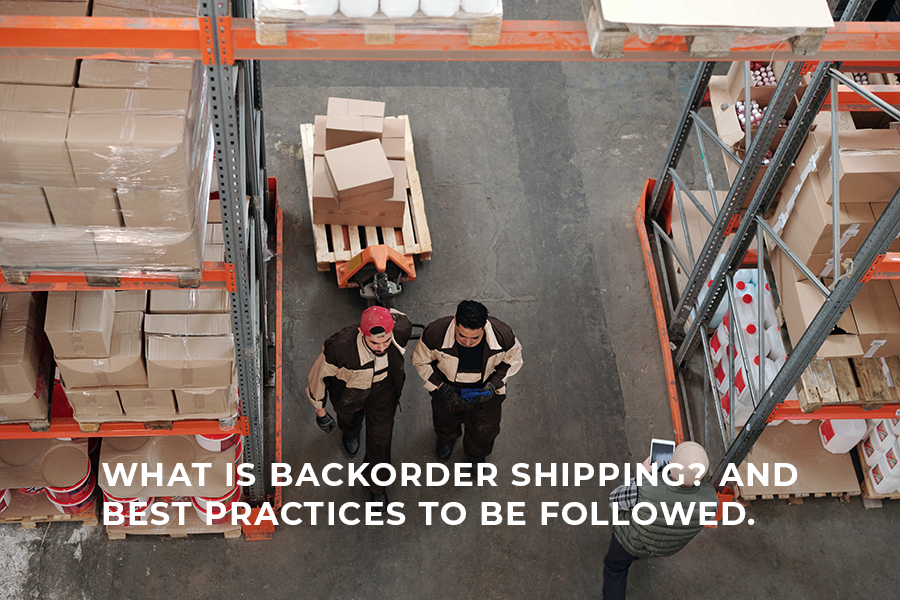
What is Backorder Shipping? Best practices to be followed.
Uncertainties are a part and parcel of any business venture and it is a constant challenge to overcome the pitfalls of it. Demand can never be predicted accurately, in particular when it’s in the E-Commerce industry. There can be diverse products sold that can be depended on the seasonality of the product and many a time it is largely dependent on the customer behaviors. This can create fluctuations in customer demands that invariably result in either stock shortages or surplus. So the challenge is to either predict demand accurately to avoid shortages which many a time cannot be achieved fully. This is where backorder shipping comes into play. In a scenario where you are running out of stock for a certain category of products but can be guaranteed to be restocked at a future date, customers can be notified the same and pre-orders can be taken for such products. This is called backorders as customers can place orders from your estimated future inventory as and when it is made available or restocked.
Backorder Shipping in detail:
Let’s now try to better understand backorder shipping from the E-Commerce Industry perspective as it’s one of the major sectors where backorder shipping happens.
There is a very important difference between backorder shipping and out-of-stock and it certainly needs to be well understood. Out-Of-Stock means the retailer or the supplier does not have stock of the items and it is not sure when the stocks will be available for resupply. In an E-Commerce industry backorder means that a product will be unavailable for immediate purchase but a restock date has been scheduled by the retailer or provider which will be made available shortly.
In such a scenario the buyer is been given a provision to order and pay the product in advance till the product stock is been restocked and delivered to the customer. Though for the E-Commerce company this method can work well as it allows its customers to be retained for some time. But it has its pitfalls as too many backorders can strain the inventory management and hence backorder shipping should only be used when there is an unexpected surge in demand for a product or category. In such cases, a well-planned inventory management system can help tackle it and avoid the burden of unprecedented backorders.
Though Backorder shipping can be handy for many E-Commerce companies it is not advisable to have too many backorders because it strains the inventory management operations. Here are some of the best practices to avoid backorder shipping.
More than one supplier: One of the most important strategies especially when you are an E-Commerce company is to have a pool of vendors. Dependency on a single vendor will increase the chances of straining the supply chain as if in case the key supplies face logistics problems then you start piling up orders. Always have more vendors as it helps in better flexibility and better supply chain operations.
Demand needs to be analyzed and better forecasted: Though backorder can help you retain customers it is always better to maintain good stock levels ensuring that you don’t run out of stocks. Various factors can affect demands for a product, for example, seasonal goods that can be forecasted. Also having a good hold in understanding your internal inventory trends can help you avoid backorder shipping requirements.
Planning a fulfillment strategy for your inventory: A good fulfillment strategy can work wonders in logistics. Always have a fulfillment strategy that helps create a safety stock in case there is an unprecedented surge in demand. In case one is resorting to backorder shipping a well-planned and managed fulfillment strategy should be in place that ensures the delivery of the backorders.
Final Thoughts: Backorder shipping has to be supported with a good inventory and fulfillment strategy without which one will end up with the overburden of orders and ultimately customers facing a long wait for their orders to be delivered.
